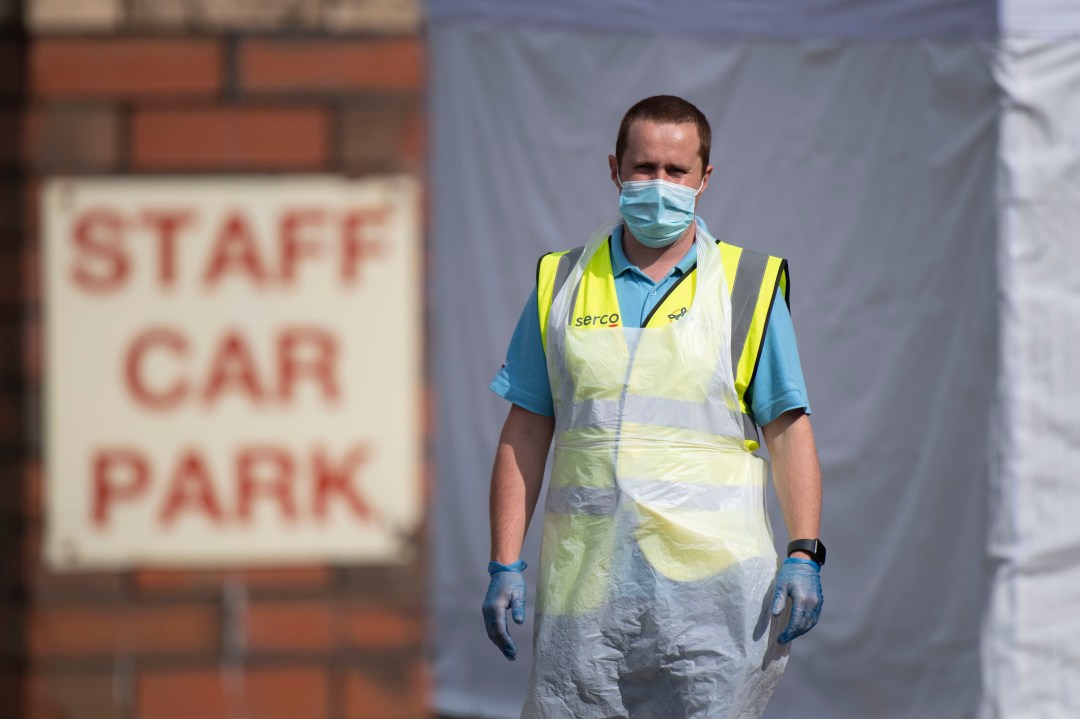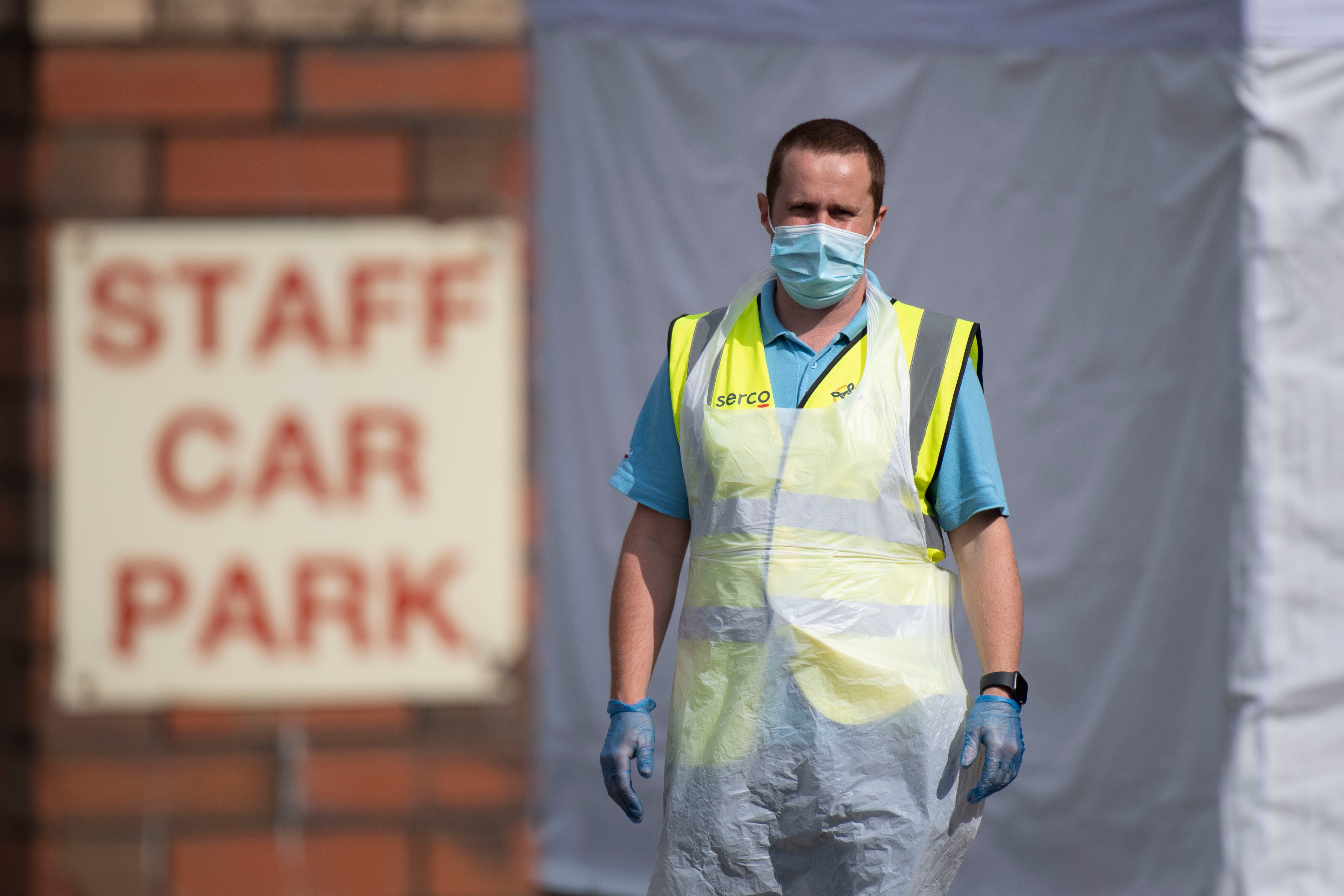Perhaps the most reliable test of Covid-19 levels is carried out by the Office for National Statistics, which every week releases the results of random samples. The results, just published, show a striking divergence in age. Another significant rise amongst the young but, importantly, almost no rise amongst the over-70s who are those who made up the vast majority of deaths so far.
For this week’s issue, out this morning, 208,730 people in England were swabbed in the mouth and throat. From this, it estimates that between 49,900 and 75,200 people are currently infected with the virus — with a central estimate of 59,800. This would equate to around one in 900 people — 0.12 per cent of the population — being infected. Last week’s survey estimated a range between 29,300 and 32,7000, with a central estimate of 39,700 — which would mean around one in 1,400 people being infected.
The ONS data suggests that infections are currently doubling about every ten days: this is the exponential rise that the government wishes to use lockdown to stop. But this time, the vast differences in risk to age groups is something to keep in mind. Chris Whitty, the Chief Medical Officer, says he believes the virus will make its way up to older people. The ONS survey shows that this is not happening yet.
There are, as ever, caveats to this data. The proportion of people infected is still very small, and consequently the margin of error is large. In all Covid tests there is an issue of false positives. As Dr Claire Craig explained in The Spectator earlier this week, the false positive rate with Covid tests being used in Britain may be as high as 0.4 per cent. The ONS says it does try to adjust for false positives and negatives but admits that it doesn’t know what these rates really are.
Even so, the fact that numbers in this survey have begun to rise after remaining flat for so many weeks does suggest that the rise in the infection rate is real and not merely a product of increased testing. However, with hospitalisation rate so much lower than it was in the spring that does not necessarily mean we are facing a ‘second wave’ of anything like what happened then.








Comments